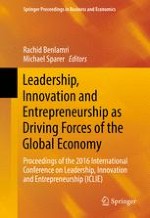2017 | OriginalPaper | Chapter
43. A Simulative Comparison of Output Commercial Value, Employment, and Pollution Levels Between a Chemical Cluster and a Standalone Aluminum Smelting Plant
Authors : Andri Ottesen, Faidon Theofanides
Published in: Leadership, Innovation and Entrepreneurship as Driving Forces of the Global Economy
Publisher: Springer International Publishing
Activate our intelligent search to find suitable subject content or patents.
Select sections of text to find matching patents with Artificial Intelligence. powered by
Select sections of text to find additional relevant content using AI-assisted search. powered by
